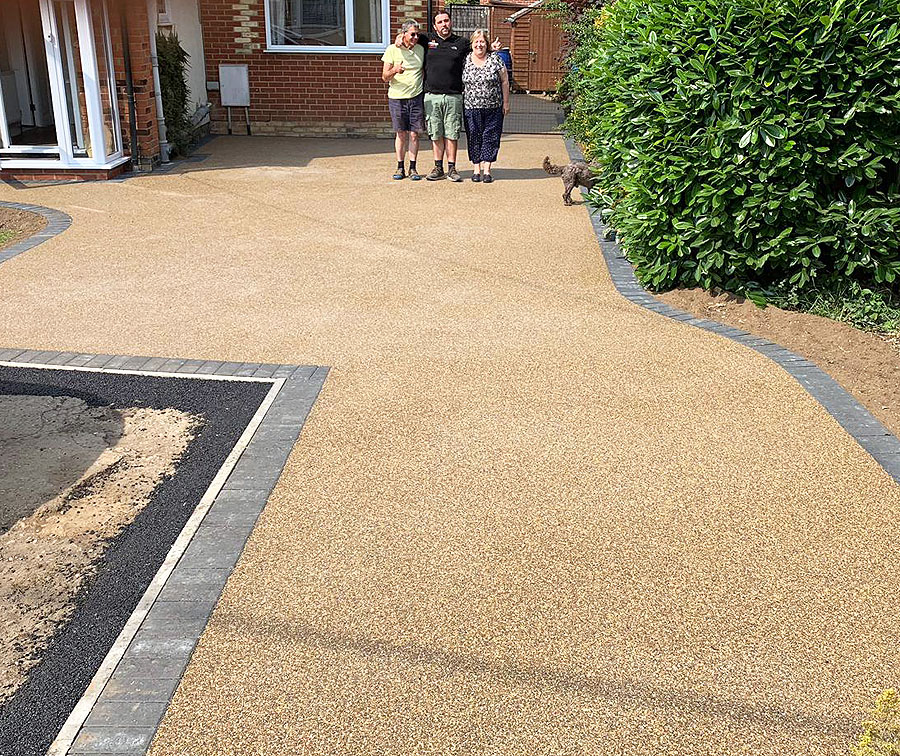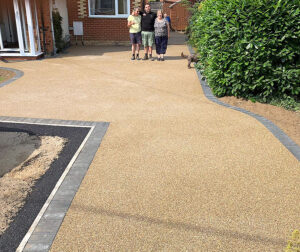3 Tips To Install Sidewalk Porous Rubber Surfaces In San Diego

3 Tips To Install Sidewalk Porous Rubber Surfaces In San Diego
In recent years, the popularity of porous rubber surfaces has risen dramatically. From playgrounds to walkways and sidewalks, the benefits of this type of surfacing, which includes improved water drainage and enhanced safety, are countless. However, installing this unique material may seem daunting. Below are three practical tips to help you install your sidewalk porous rubber surfaces.
Proper Preparation Is Key
The first and possibly the most important step towards a successful installation of a porous rubber surface is preparation. The area where the rubber surface is to be installed must be thoroughly cleared of debris such as rocks, roots, and old pavement. This is crucial in ensuring that the surface will be even and safe for pedestrians.
In addition, it is recommended to dig out the area to a suitable depth (usually around 4 inches), depending on the thickness of the rubber surface you wish to install. Afterward, a layer of aggregate or crushed stone is spread and compacted in the area to enhance stability and facilitate drainage.
Mix And Pour Properly
The second tip revolves around mixing and pouring the rubber and binder correctly. Sidewalk porous rubber surfaces are typically comprised of recycled rubber granules mixed with a urethane binder. Carefully following the manufacturer’s instructions, ensure that you accurately mix the right ratio of binder to rubber.
After mixing, the rubber needs to be installed quickly before the binder hardens. Use a screed board or rake to evenly distribute the material across the area, ensuring the mixture is pressed into all corners. Keep in mind that the thickness should be uniform throughout the area.
Take Your Time With Curing
Once the porous rubber surface is evenly spread, it must be allowed to cure for a specified amount of time. This period allows the binder to harden, creating a durable, long-lasting surface. It is important not to rush this stage. Depending on the temperature and humidity levels, curing could take anywhere from 24 to 48 hours. During this period, the area should be kept dry and free from traffic to prevent any damage or deformation to the surface.
Following these tips will help you achieve a professional-quality porous rubber surface installation.
FAQs
Can Porous Rubber Surfaces Be Installed In Any Weather Conditions?
Ideally, installation should be done in dry weather with a temperature range of 50-80 degrees Fahrenheit. Rain, high humidity, or freezing temperatures can affect the curing process and overall installation outcome.
Can I Install A Porous Rubber Surface On A Slope?
Yes, you can, but additional measures may be needed to prevent the material from sliding during installation and curing. It is always recommended to consult with a professional in such situations.
How Long Does A Porous Rubber Surface Last?
With proper installation and maintenance, a porous rubber surface can last up to 15 years. It’s crucial to perform regular cleaning and check for any signs of wear and tear.
To talk with a professional, dial (888) 902-3777 for Playground Safety Surfacing.
Conclusion
Get in touch with Playground Safety Surfacing at (888) 902-3777. We have worked hard to establish ourselves as the best supplier of playground surfaces and more.
Let's Get In Tough
How can we help you?
Our Services
Related Posts

A Comprehensive Guide to Installing Artificial Grass on Sports Fields In San Diego
A Comprehensive Guide to Installing Artificial Grass on Sports Fields In San Diego Installing artificial grass…

The Ultimate Guide to Installing Artificial Grass on Rooftops In San Diego
The Ultimate Guide to Installing Artificial Grass on Rooftops In San Diego Want to transform…


Leave a Reply